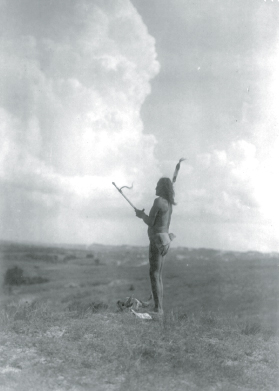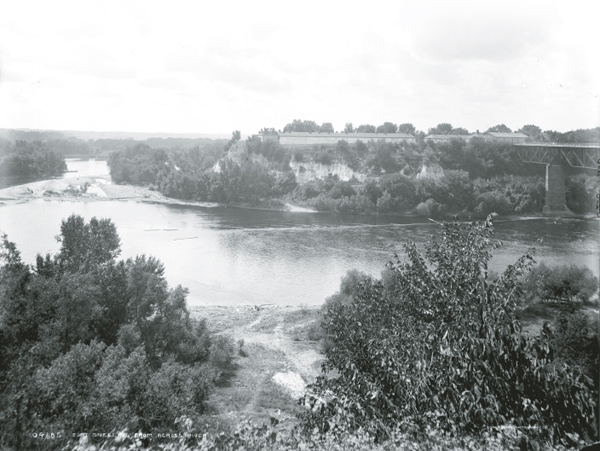 The Sioux Calendar
The Sioux Calendar
The calendar used today by the United States and many other nations is the Gregorian calendar. It is named after Pope Gregory XIII and was started in 1582. Before that, many civilizations—including Native American peoples—used what was called a lunar calendar, based on the cycles of the moon. The names of the different months described the seasons or the growth and changes in plant and animal life at that time of year. Because the names of the months were based on what the tribes experienced, it was common for a month to have more than one name. This was particularly true with the Sioux, some of whom lived in forests while others lived in open prairie. Also, sometimes translators would interpret the name slightly differently, causing a change in a word or two of a month’s name. It’s also worth noting that the Native American calendars did not have any days in them, only months, and some months share the same name. Here, the names of the months in the Sioux calendar are presented in relation to the months of the Gregorian calendar.

A Teton warrior performing a vision ceremony. [LOC, USZ62-99611]
| January |
| Moon of Strong Cold |
| Moon of Frost on the Tepees |
| Moon When the Wolves Run Together |
| February |
| Moon of the Dark Red Calves |
| Raccoon Moon |
| March |
| Moon of the Snowblind |
| Moon When Buffalo Cows Drop Their Calves |
| Sore Eye Moon |
| April |
| Geese Laying Moon |
| Moon of the Red Grass Appearing |
| Moon of the Greening Grass |
| May |
| Moon When the Ponies Shed |
| June |
| Strawberry Moon |
| Moon of Making Fat |
| Moon When the Grass Is Up |
| July |
| Moon of the Red Blooming Lilies |
| Moon of the Red Cherries |
| Moon When the Cherries Are Ripe |
| August |
| Moon When the Geese Shed Their Feathers |
| Moon When the Cherries Turn Black |
| Moon When the Chokecherries Are Ripe |
| September |
| Drying Grass Moon |
| Moon When the Calves Grow Hair |
| Moon When the Plums Are Scarlet |
| October |
| Moon of Falling Leaves |
| Moon of Changing Seasons |
| Drying Grass Moon |
| November |
| Deer Rutting Moon |
| Moon of Falling Leaves |
| December |
| Moon of Popping Trees |
| Moon When the Deer Shed Their Horns |
| Moon When Buffalo Cow’s Fetus Is Getting Large |

Fort Snelling as seen from the opposite riverbank where the Minnesota River joins the Mississippi River. [LOC, D4-4685]
 The Sioux Calendar
The Sioux Calendar The Sioux Calendar
The Sioux Calendar
